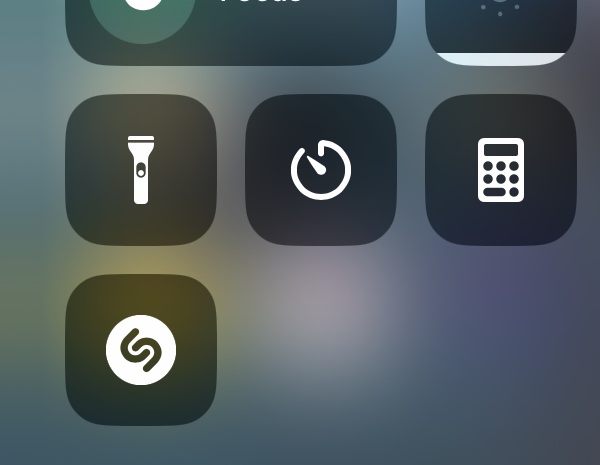posted: May 13, 2023
tl;dr: It wasn’t music, and it certainly wasn’t email that made me switch from a Blackberry to an iPhone...
Like a lot of businesspeople and technology-industry people in the mid to late decade of the 2000s, I carried a company-issued Blackberry phone. The killer app that made the Blackberry wildly popular in that timeframe was email. In addition to functioning as a phone, the Blackberry had a multiline LCD screen and a miniature mechanical keyboard with decent tactile feedback, to allow the user to read and respond to emails. The Blackberry was so popular that I remember stepping onto airplanes during common times for business travel and seeing nearly everyone on the plane hunched over their Blackberries, typing away. Some people were so addicted that the product gained the nickname “Crackberry”.
In 2007 Apple released its first iPhone. It was originally intended as a consumer product: the killer app was the ability to play stored music like an iPod, while also functioning as a phone. Initially, there was no App Store and hence no way for third party apps to be downloaded and installed. The iPhone had no physical keyboard, and instead relied upon the user typing on a virtual keyboard on the LCD touchscreen display, which was error prone. The iPhone did do email, but the back end email servers were widely regarded as being less secure than Blackberry’s. To a businessperson such as myself, the iPhone had an inferior overall email solution and there was no business need for music, so why switch from a Blackberry to an iPhone? I kept on clicking away on my Blackberry.
Meanwhile my boss at ADC Kentrox was a bit of an Apple fanboy. He traded in his Blackberry for an iPhone, and put the offer out to others at the company to do the same. Apple eventually released the App Store, and third party application developers started building apps for the iPhone. Some of them were cute, but I still did not see a business reason to switch.

The icon in the upper left did not exist in the first iPhones
Then I went on a business trip to a convention in Las Vegas, and went out to a business dinner in a fine restaurant in an upscale casino. The restaurant had very minimal lighting, to create the desired ambience. I was struggling to read the menu and happened to glance across the room at someone at another table, who whipped out his iPhone and used it as a flashlight to shine a light on the menu. I was amazed: not only could the iPhone be used as a phone and for email, but by carrying one, you always had a flashlight handy. This could come in handy, I decided. So I told my boss when I returned that I wanted to switch. I’ve used iPhones ever since.
Before I requested an iPhone, I did some research to determine how it was able to function as a flashlight by turning on the bright white lightbulb that was put into the iPhone to be a camera flash. It turned out that this required that a third-party app be downloaded from the App Store. That flashlight app was wildly popular. It cost 99 cents, which I didn’t want to pay, but there was a free version that displayed ads. That’s the version that I installed on my iPhone when I got it.
Years later, Apple got smart and emulated Microsoft’s strategy of adding popular application software (such as a web browser) to its own operating system: they released an iOS update that came with built-in flashlight functionality. I don’t know what happened to the flashlight app I originally used. Hopefully the app’s maker made some decent money before Apple eliminated the need for the application.
The latest killer app that I’ve downloaded to my iPhone is the Libby app, which lets users borrow written and audio books from their local library system and consume them on their phone. Over the years I’ve gotten more comfortable with reading long-form works on my iPhone, and consuming audiobooks through Bluetooth earbuds works really well. The first book I consumed in this manner was The Mandibles, by Lionel Shriver. While the Libby app may be my current favorite, I will never forget the killer app that caused me to get my first iPhone: the flashlight. I still use it nearly every day of my life.